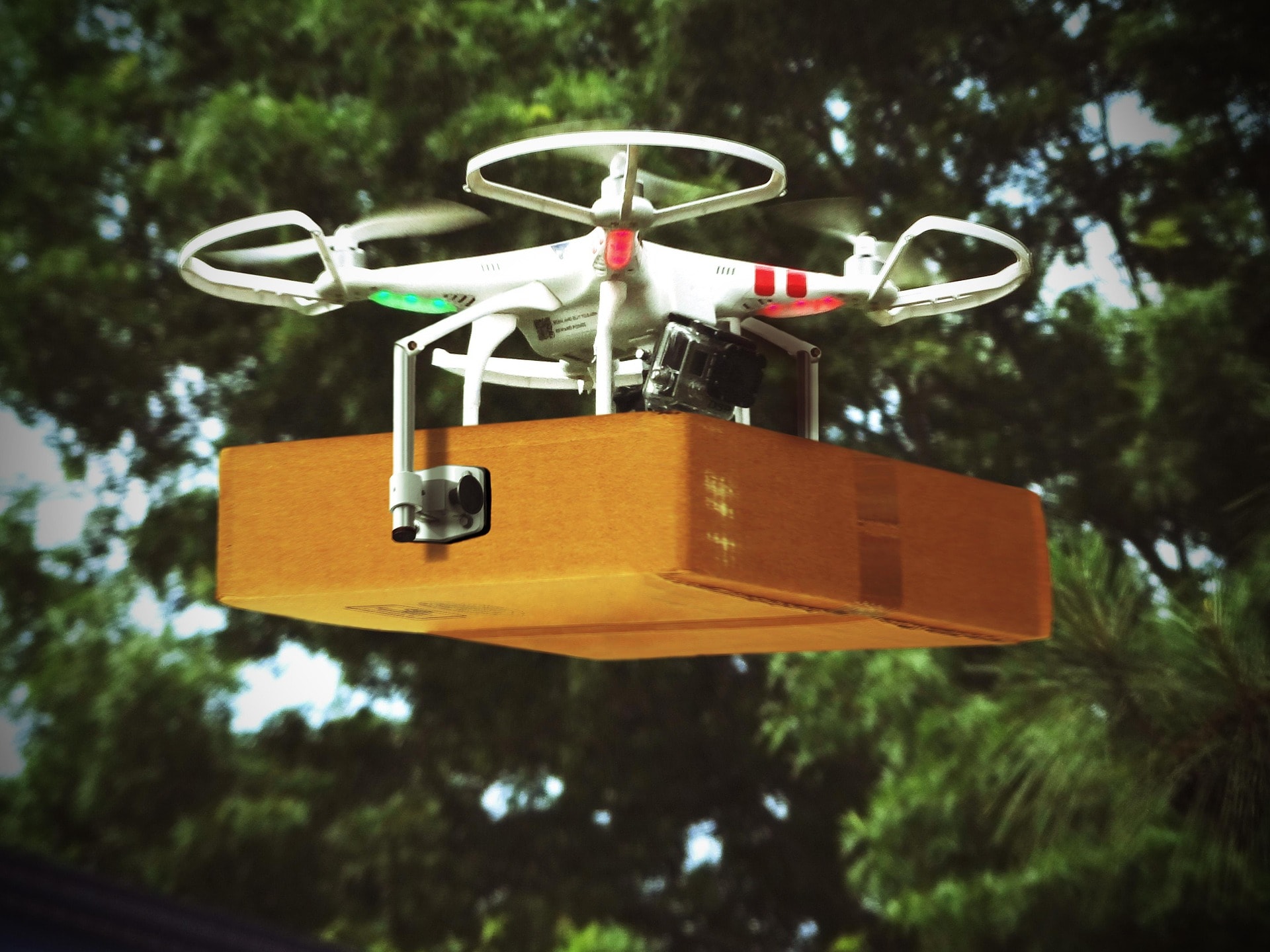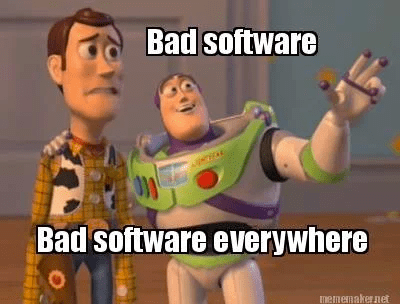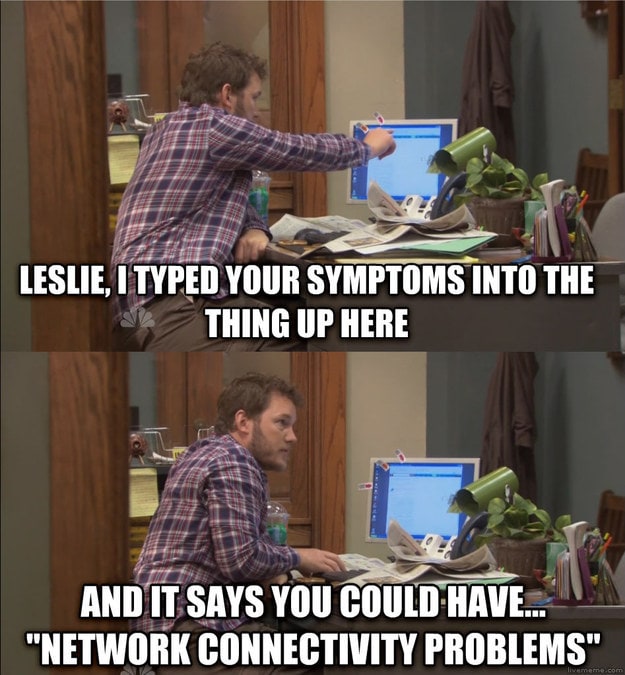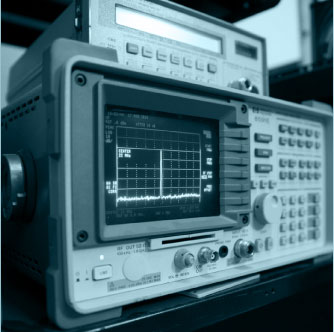In theory, smart guns sound like a great idea. If you could place a tiny computer inside a gun—James Bond style—that ensured only an authorized user could fire it, wouldn’t that make guns safer for everybody?
The benefits seem obvious: If a violent criminal steals a police officer’s gun, it immediately becomes useless. If a child finds a gun hidden in a cupboard, there’s no way they can hurt themselves, or anyone else. If a gun is stolen from your home, it’s harder for the thieves to use it illegally.
You’ve read the hype. But are smart guns really a good way to decrease gun violence?
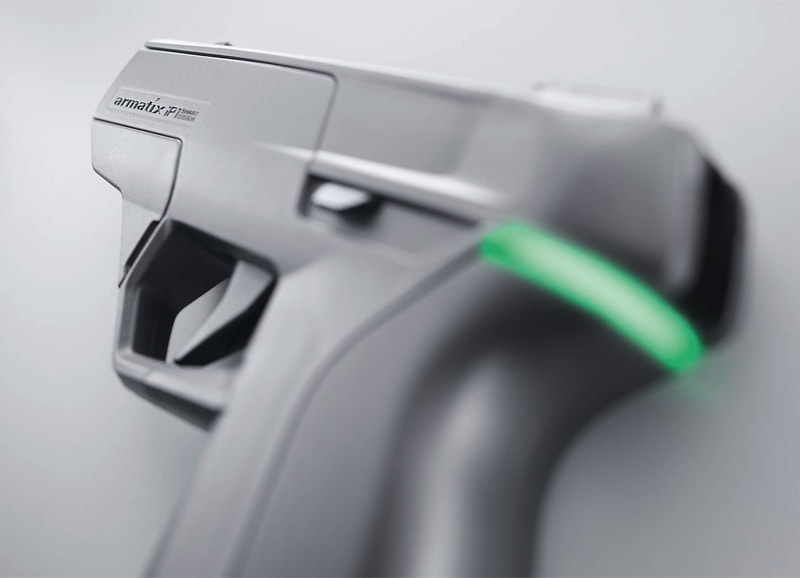
Millions of dollars have been spent developing smart gun technology. And yet, we’re still a long way off seeing smart guns becoming mainstream. Why?
The main issue is that many gun owners (along with police departments and the military) still see many problems with the technology. Meanwhile, others fear that this technology may give the government more power to interfere with gun ownership.
Here are seven reasons why smart guns will never be an option for many gun owners.

1. Smart Guns May Not Significantly Reduce Gun Violence
The main goal of smart gun technology is to make guns safer. It may come as a surprise, then, that some gun control advocates also oppose the technology. The Violence Policy Center, a gun control advocacy group, has developed a long list of objections to the technology. First and foremost it cites the fact that people tend to use their own guns in homicides and suicides. The group argues that while smart guns may curb violence somewhat, they would likely have a very small impact overall.
2. Keeping the Government Out of Guns
One of the biggest revelations of the past few years is that our smart devices are tracking our movements and listening to our conversations. Given this is the case, some people argue, what is there to stop companies secretly inserting tracking technology inside a smart gun? It could allow the location of weapons to be tracked, notifications sent when they are fired, or even a government “back door” that allows law enforcement or other agencies to disable them at will.
3. Gun Hacking
Unfortunately, it’s not just the government who may want access to your guns. Once smart gun technology becomes widespread, hacking guns is certainly going to be of interest to other groups with nefarious purposes. Hacked weapons could be a problem for individuals, but they could be disastrous for institutions like the police or the military. RFID systems used in some smart guns could potentially make them susceptible to electromagnetic pulse weapons, which could have dire consequences in a live combat scenario or during a terrorist attack.
4. Authentication is Still Clunky
Currently, the most common smart gun systems use fingerprint technology or a special companion devices like watches or rings that unlock the gun when it is in close proximity. While these systems are effective, they do have certain drawbacks. Fingerprint locks, as anyone with a smartphone knows, don’t always work the first time. In a life or death situation, that could be catastrophic. With companion devices, it’s true that the gun becomes useless if an opponent grabs it. But what’s to stop them from taking the watch as well, or even using your own gun on you at point blank range?
5. Risk of Malfunction
Regular guns are susceptible to jamming and other issues. But what happens when you add technology into the mix? We’ve all had a computer crash on us in the middle of an important project—but it’s not usually a life or death situation. The other issue with smart guns is that they need batteries. It’s annoying when your phone dies in the middle of an important call, but what if your gun died in the middle of an important shot?
6. Sometimes Guns Need to be Used by More than One Person
What if a police officer needs to use their partner’s weapon urgently? It sounds like a simple problem, but with smart guns, it becomes a complex issue. The project of developing and successfully configuring smart guns at the enterprise level for police departments or the military entails many difficulties. Creating a robust IT infrastructure that can manage complicated layers of weapon permissions, regular software updates, and battery charging regimes is not only expensive but also opens up another level of risk that is non-existent with analog weapons.
7. Smart Guns May Lead to the Outlawing of Regular Guns
In 2002, the state of New Jersey implemented the Childproof Handgun Law, which states that all guns sold within the state must be state-approved smart guns within three years of a smart gun being sold anywhere in the country. The law has not been triggered yet, but when it is, it will effectively outlaw non-smart guns in the state of New Jersey. Many gun owners and advocates fear the introduction of similar laws around the country.
Whether you are pro-gun or pro-gun control, many of these arguments make sense. However, for the most part, they address technical issues. Even if those issues are resolved, many gun owners will never come around to the idea of smart guns.
Unfortunately for them, the introduction of the technology may be inevitable.
Once smart guns are adopted by police forces and militaries outside the US, the technology will develop quickly, and many of the technical problems will be resolved. In the meantime, the onus is on smart gun manufacturers to produce products that win over gun users, and allay their fears.

